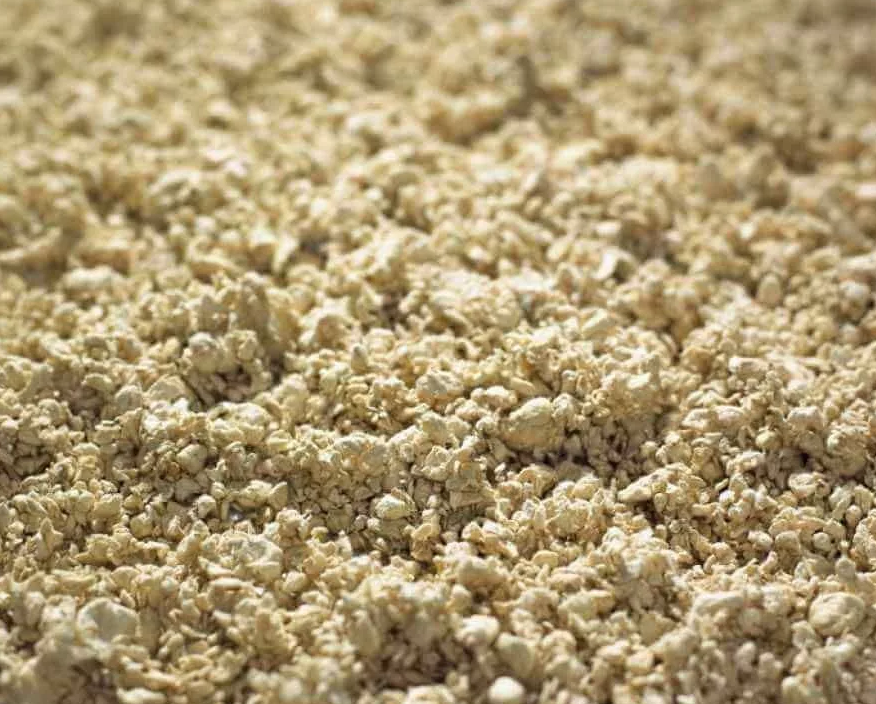AN EFFECTIVE RESOURCE-SAVING OPTION IN THE SPHERE OF WOOD PROCESSING AND ITS PROCESSING IN THE PULP AND PAPER INDUSTRY
UDK 676.163.023.1
Abstract
The possibility and expediency of obtaining and bleaching sulfite pulp from young small-sized spruce wood from thinning (thinning) fellings was studied in comparison with ripe wood. In the process of thinning, a significant amount of young small-sized wood is formed, which can serve as a significant reserve of wood raw materials for the production of pulp and paper.
Sulfite pulping from young and ripe spruce wood obtained two samples of pulp of different degrees of penetration.
Comparative pulp bleachings were carried out according to the traditional economical but effective D/C-EG-G-D-A scheme; For comparison, pulp samples from ripe and young spruce wood were bleached according to the modern ecological scheme Pa-E-Ch1-E-Ch2-A (ECF technology).
It is shown that young small-sized spruce wood is delignified by sulfite cooking solution without difficulty, but somewhat more slowly than ripe wood.
Sulfite spruce pulp obtained from thinnings is easier to grind and bleach, has higher mechanical strength than from ripe wood. Bleached pulp was obtained from young thin spruce wood by bleaching according to the scheme D/C–EG –G–D–A of pulp from young thin spruce wood, which in all quality indicators meets the standards for grade AK-II (GOST 3914), which is used mainly in the production of "cultural" grades of paper (written and printed). Comparative bleaching of pulp of approximately the same degree of penetration from ripe and young wood using ECF technology using only two oxidative bleaching agents (hydrogen peroxide and chlorine dioxide) significantly increases the efficiency of pulp bleaching in all quality indicators, but the cost of bleaching, in modern conditions, may be will be slightly higher than in the traditional scheme.
Downloads
Metrics
References
Geles I.S. Drevesnoye syr'ye – strategicheskaya osnova i rezerv tsivilizatsii. [Wood raw materials are the strategic basis and reserve of civilization]. Petrozavodsk, 2007, 500 p. (in Russ.).
Geles I.S., Korzhitskaya Z.A. Biomassa dereva i yeye ispol'zovaniye. [Wood biomass and its use]. Petrozavodsk, 1992, 230 p. (in Russ.).
Belovezhets L.A., Volchatova I.V., Medvedeva S.A. Khimiya Rastitel'nogo Syr'ya, 2010, no. 2, pp. 5–16. (in Russ.).
Koverninskiy I.N., Komarov V.I., Tret'yakov S.I., Bogdanovich N.I., Sokolov O.M., Kutakova N.A., Selyanina L.I., D'yakova Ye.V. Kompleksnaya khimicheskaya pererabotka drevesiny. [Complex chemical processing of wood]. Arkhangelsk, 2003, 344 p. (in Russ.).
Zhuravlova L.N., Devyatlovskaya A.N. Aktual'nyye problemy lesnogo kompleksa, 2007, no. 18, pp. 96–99. (in Russ.).
Molotkov L.K. Ispol'zovaniye v TsBP otkhodov drevesiny lesozagotovok i ot rubok ukhoda za lesom. [Use of wood waste from logging and forest maintenance in pulp and paper industry]. Moscow, 1987, no. 9, 41 p. (in Russ.).
Holekamp James A. AlChE Symp Ser., 1980, vol. 76, no. 195, pр. 12–19.
Nepenin Yu.N., Zhalina V.A. Drevesnoye syr'ye i vozmozhnosti yego kompleksnogo ispol'zovaniya. [Wood raw mate-rials and possibilities for their integrated use]. Petrozavodsk, 1983, pp. 101–108. (in Russ.).
Pen R.Z., Ryazanova T.V. Kompleksnaya khimicheskaya pererabotka drevesiny. [Complex chemical processing of wood]. Krasnoyarsk, 2012, 158 p. (in Russ.).
Andreyeva A.A. Fundamental'nyye i prikladnyye issledovaniya problemy i rezul'taty, 2014, no. 10, pp. 148–155. (in Russ.).
Vasil'yeva T.V. Lesnoy vestnik, 2002, no. 4, pp. 71–73. (in Russ.).
Geles I.S., Korzhitskaya Z.A, Ageyeva M.I. Khimiya i tekhnologiya tsellyulozy i lignina: mezhvuzovskiy sbornik nauchnykh trudov. [Chemistry and technology of cellulose and lignin: interuniversity collection of scientific papers]. Leningrad, 1982, pp. 29–33. (in Russ.).
Akbulatov E.Sh., Lyubyashkin A.V., Pavlov I.N., Marchenko R.A., Alashkevich Yu.D. Khimiya Rastitel'nogo Syr'ya, 2020, no. 4, pp. 309–314. DOI: 10.14258/jcprm.2020048853. (in Russ.).
Geles I.S., Korzhitskaya Z.A, Ageyeva M.I. et al. Problemy kompleksnogo ispol'zovaniya drevesnogo syr'ya. [Prob-lems of integrated use of wood raw materials]. Petrozavodsk, 1981, pp. 2–58. (in Russ.).
Luzina L.I., Gordeyeva G.I., Mil'man G.M. et al. Problemy kompleksnogo ispol'zovaniya drevesnogo syr'ya. [Prob-lems of integrated use of wood raw materials]. Riga, 1984, pp. 165–166. (in Russ.).
Storkan O. Zellstoff und Papier, 1983, vol. 32, no. 5, pp. 198–201.
Geles I.S., Korzhitskaya Z.A, Ageyeva M.I. Khimiya i tekhnologiya tsellyulozy i lignina: mezhvuzovskiy sbornik nauchnykh trudov. [Chemistry and technology of cellulose and lignin: interuniversity collection of scientific papers]. Leningrad, 1982, pp. 23–29. (in Russ.).
Geles I.S., Korzhitskaya Z.A, Ageyeva M.I. et al. Khimiya i tekhnologiya drevesnoy tsellyulozy: mezhvuzovskiy sbornik nauchnykh trudov. [Chemistry and technology of wood pulp: interuniversity collection of scientific papers]. Leningrad, 1983, pp. 30–34. (in Russ.).
Khakimova F.Kh., Kovtun T.N., Khakimov R.Kh. Drevesnoye syr'ye i vozmozhnosti yego kompleksnogo ispol'zovani-ya. [Wood raw materials and possibilities for their integrated use]. Petrozavodsk, 1983, pp. 92–101. (in Russ.).
Yefremov A.A., Pervyshina G.G. Khimiya Rastitel'nogo Syr'ya, 2001, no. 4, pp. 123–124. (in Russ.).
Khakimova F.Kh., Sinyaev K.A. Khimiya Rastitel'nogo Syr'ya, 2013, no. 2, pp. 57–62. DOI: 10.14258/jcprm.1302057. (in Russ.).

Copyright (c) 2024 chemistry of plant raw material

This work is licensed under a Creative Commons Attribution 4.0 International License.

This work is licensed under a Creative Commons Attribution 4.0 International License.
The authors, which are published in this journal, agree to the following conditions:
1. Authors retain the copyright to the work and transfer to the journal the right of the first publication along with the work, at the same time licensing it under the terms of the Creative Commons Attribution License, which allows others to distribute this work with the obligatory indication of the authorship of this work and a link to the original publication in this journal .
2. The authors retain the right to enter into separate, additional contractual agreements for the non-exclusive distribution of the version of the work published by this journal (for example, to place it in the university depository or to publish it in a book), with reference to the original publication in this journal.
3. Authors are allowed to post their work on the Internet (for example, in a university repository or on their personal website) before and during the review process of this journal, as this may lead to a productive discussion, as well as more links to this published work.











